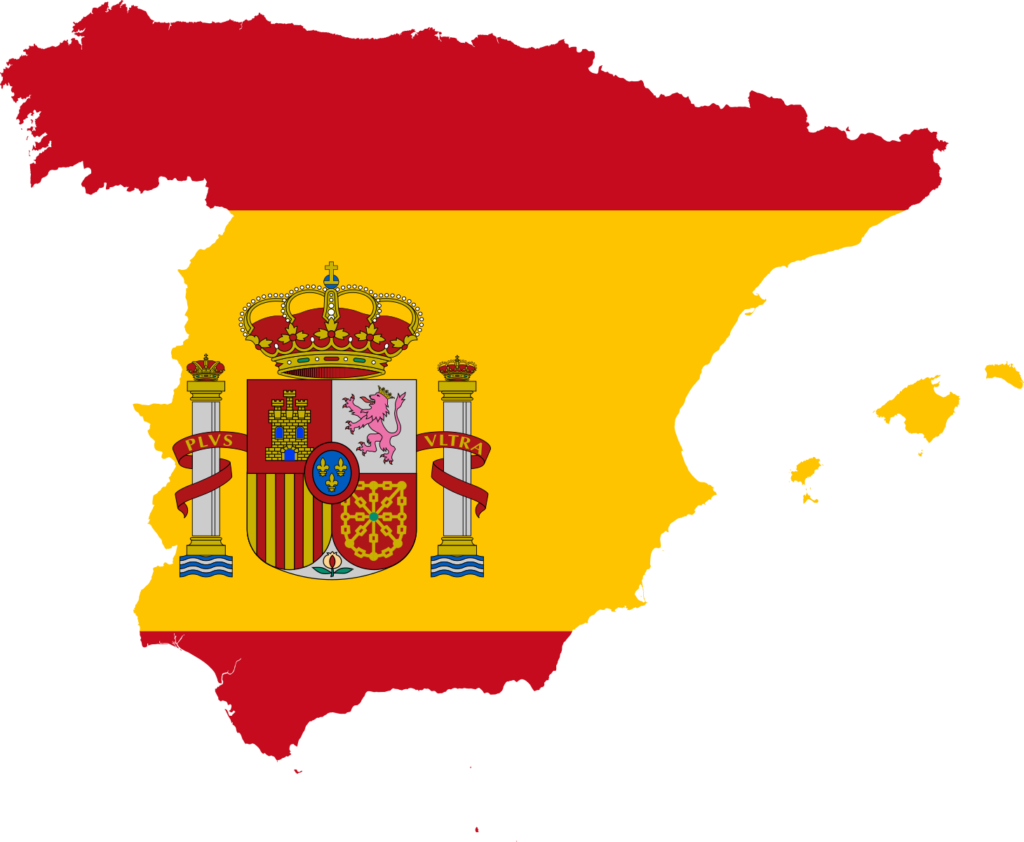Spain’s real estate market is undergoing a profound transformation, fueled by lifestyle shifts, remote work, foreign investment, and regional development strategies. While traditional hotspots like Madrid and Barcelona remain stable, several emerging cities are now outpacing them in growth, both in property values and investment opportunities.
In this article, we explore the 5 cities in Spain that are driving the real estate market the most in this decade, supported by data, lifestyle appeal, and infrastructure development. Whether you’re an investor, a digital nomad, or simply curious about the Spanish property scene, this guide gives you an insider’s perspective on where the real action is.

1. Málaga – The Crown Jewel of Southern Spain
Real Estate Growth Trend:
Málaga has seen property prices increase over 40% since 2020, with no signs of slowing down. New developments in areas like Teatinos and El Limonar are selling out within months.
Why It’s Booming:
Málaga has transformed into one of Spain’s most dynamic cities. Thanks to its strong tech sector (“Spanish Silicon Valley“), excellent climate, beachside lifestyle, and major transport links (airport + AVE train), it’s attracting professionals, retirees, and expats alike.
Tech giants like Google are opening hubs here, driving demand for premium rentals and home purchases. Plus, it’s one of the top choices for remote workers and international buyers.
Investor Insight:
- Strong long-term rental and holiday rental demand.
- Neighborhoods like Soho and Malagueta are hot.
- Increasing popularity with Northern European retirees.
2. Valencia – The Rising Star of the Mediterranean
Real Estate Growth Trend:
Valencia is experiencing an average annual price growth of 7–10%, outperforming the national average. Foreign buyers account for nearly 30% of home purchases in some neighborhoods.
Why It’s Booming:
A perfect mix of beach, culture, and affordability. Valencia offers what Barcelona once did—but at lower prices and with less congestion. It’s also been named one of the best cities in the world to live (Internations Expat City Ranking).
The city is now welcoming tech startups, new infrastructure (including the fast-growing Marina area), and digital nomads in droves. It also has one of Spain’s best public transport systems.
Investor Insight:
- Great for mid-range investors.
- Focus on areas like Ruzafa, El Cabanyal, and Patraix.
- Popular for long-term rentals and young professionals.
3. Alicante – The Expat Magnet Reinventing Itself
Real Estate Growth Trend:
Alicante’s real estate prices have grown steadily since 2018, with a post-pandemic boom of over 35% in some neighborhoods like San Juan and Playa de San Juan.
Why It’s Booming:
Long favored by British and German retirees, Alicante is now gaining traction among remote workers and digital entrepreneurs, thanks to its lifestyle appeal and cost-effectiveness.
The new digital nomad visa and tax incentives have supercharged demand. Plus, Alicante airport is one of the busiest in Spain, ensuring great connectivity.
Investor Insight:
- Ideal for holiday rental income.
- Best returns in coastal and central zones.
- Still more affordable than Málaga or Valencia.
4. Bilbao – The Northern Powerhouse Quietly Climbing
Real Estate Growth Trend:
Bilbao has seen a 25% property value increase over the last five years, especially in gentrified areas like Indautxu and Abando.
Why It’s Booming:
Bilbao is reinventing itself from an industrial past to a modern, cultural, and eco-friendly city. Known for the Guggenheim Museum, it now attracts professionals, artists, and investors.
The Basque Country’s strong economy, low unemployment, and focus on sustainability make it a solid bet for long-term growth. It’s less touristy but very stable—a hidden gem for savvy investors.
Investor Insight:
- Low volatility, ideal for risk-averse investors.
- Great for mid-to-high-end residential investment.
- Look into up-and-coming neighborhoods like Zorrozaurre.
5. Seville – Southern Charm with Solid Returns
Real Estate Growth Trend:
Seville’s property prices have increased around 30% in the past 5 years, especially in areas undergoing revitalization.
Why It’s Booming:
As Spain’s fourth-largest city, Seville offers a rich mix of history, modern amenities, and vibrant lifestyle. The growing student population, tourism, and infrastructure upgrades (like metro expansion and urban redevelopment) make it an attractive option.
It’s still relatively undervalued, especially compared to its potential, which makes it a good entry point for investors.
Investor Insight:
- Focus on student housing, holiday lets, or buy-to-renovate strategies.
- Great yields in Triana, Macarena, and Nervión.
- Lower competition than coastal cities.
Conclusion: The Decade of Diversification
The Spanish real estate market is no longer just about Madrid or Barcelona. The 2020s are seeing a shift toward more livable, affordable, and dynamic mid-sized cities with global appeal.
If you’re planning to invest, diversify, or relocate, these five cities—Málaga, Valencia, Alicante, Bilbao, and Seville—offer not just growth, but lifestyle, opportunity, and strong returns.
Whether you’re aiming for rental yield, long-term value, or quality of life, these locations are leading Spain’s next real estate chapter. The earlier you position yourself in these emerging markets, the greater the payoff will be in the next 5–10 years.

Leave a Reply